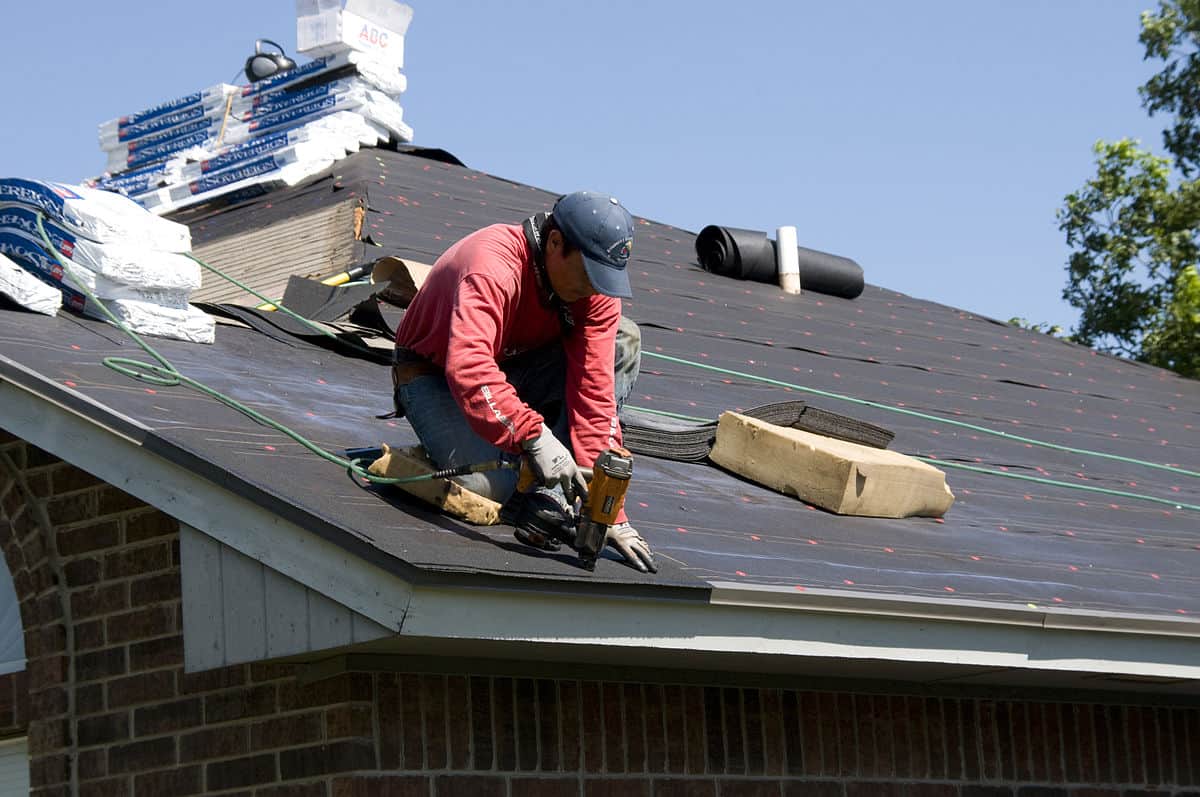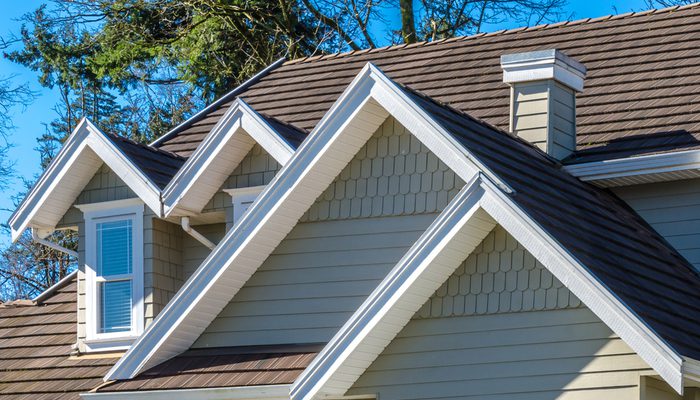Individual Testimonies on the most effective Gainesville FL Roofing Companies Readily Available
Individual Testimonies on the most effective Gainesville FL Roofing Companies Readily Available
Blog Article
Ideal Practices for Ensuring Correct Roofing Air Flow
Guaranteeing correct roofing air flow is vital for the durability and efficiency of a roof. A well balanced consumption and exhaust air vent proportion, commonly 1:300, plays a pivotal duty, with intake vents ideally put at the reduced edge of the roofing system for great air access and exhaust vents at the optimal for cozy air leave. Routine inspections to determine obstructions and keep clear air movement are extremely important. Keeping insulation away from vents is crucial to protect against air flow limitation. Understanding these fundamental aspects sets the stage for even more detailed insights right into installment and maintenance techniques that can considerably improve your roof's performance.
Understand Air Flow Fundamentals
Effectively understanding ventilation basics is necessary for guaranteeing the longevity and effectiveness of roof. Reliable air flow minimizes wetness buildup and temperature level extremes in the attic, both of which can lead to significant architectural damages gradually. A well-ventilated roofing system assists in protecting against typical concerns such as mold and mildew development, wood rot, and ice dams, which can compromise the integrity of the roof products and the underlying structures.
The primary objective of ventilation is to assist in the movement of air, permitting for a regular exchange between the interior and outdoor atmospheres. This balance is attained via a mix of consumption and exhaust vents that collaborate to keep ideal air flow. Intake vents, commonly located along the eaves or soffits, allow fresh air to enter the attic area, while exhaust vents, commonly situated at or near the roofing system ridge, allow warm, damp air to leave.
Key aspects affecting the performance of roofing system ventilation consist of proper placement, adequate sizing, and guaranteeing that both consumption and exhaust vents are unhampered. Normal inspection and maintenance are vital to recognize prospective obstructions, damages, or ineffectiveness in the ventilation system, thus safeguarding the roofing's efficiency and toughness.
Sorts Of Roof Covering Vents
Roof vents play an important duty in keeping effective attic air flow and, by extension, the general health of the roofing system. Numerous kinds of roof covering vents are offered, each with unique advantages customized to certain roofing requirements. Ridge vents, for example, are installed along the roof's top, permitting warm, humid air to leave from the attic. They supply continual air flow and mix perfectly with the roofline, making them both reliable and aesthetically pleasing.

Soffit vents are mounted under the eaves and job in tandem with roof vents to guarantee a balanced consumption and exhaust system. By allowing cooler air to go into from below, soffit vents promote the expulsion of hot air through upper vents. Gable vents, situated on the exterior walls of the attic, offer another effective option, particularly in homes with gable roofing systems.
Analyze Your Existing Air Flow

Following, take into consideration the age and problem of your roofing materials and ventilation components. Older systems may not follow current building codes or might have worn away gradually, lowering their efficiency. Conduct a detailed assessment to recognize any type of signs of deterioration, such as rust, damage, or voids that can jeopardize the system's performance.
Furthermore, determine the attic temperature level and humidity degrees. High temperature levels and moisture can indicate poor ventilation - roofing companies gainesville florida. Use a hygrometer and thermostat to get precise analyses, contrasting them with outside problems. Relentless disparities recommend prospective issues that need attending to.
Setup Best Practices
Effective installment of roof covering ventilation systems is vital for making sure optimum performance and long life. Proper installation starts with comprehending the particular air flow demands of the structure and the roofing system it covers. This involves computing the proper proportion of intake to wear down vents, normally sticking to the 1:300 regulation, which specifies one square foot of air flow for every 300 square feet of attic room flooring space.

The positioning of vents is similarly critical. Intake vents ought to be installed at the roofing's lower side, often in the soffits, to permit trendy air to go into. Exhaust vents, on the other hand, should be mounted near or at the roof covering's top to assist in the exit of warm, moist air. This produces a natural air movement that helps preserve temperature level and moisture equilibrium within the attic room.
Seal all vent links diligently to protect against air her explanation leaks and possible water infiltration. Usage high-quality products and adhere to producer guidelines to ensure durability and performance. In addition, integrating ridge vents with baffles can significantly improve airflow performance by protecting against wind-driven rain and snow from getting in the attic room.
Ultimately, accurate setup of roof ventilation systems reduces potential problems such as mold and mildew development, ice dams, and architectural damages, making certain the roof covering's stability and the building's general health and wellness.
Normal Upkeep Tips
Consistency in upkeep practices is basic to making certain the long-term performance of roof air flow systems. Throughout these assessments, ensure that vents are cost-free of debris, nests, and other blockages that might hinder air flow.
Make use of a soft brush or a vacuum cleaner to get rid of dust and debris from consumption and exhaust vents. Be careful not to harm the air vent displays or louvers throughout the procedure.
Proper insulation is similarly important. Ensure that attic insulation does not obstruct the vents, as this can significantly limit air movement. Rearrange or replace it to keep an efficient barrier. if any kind of insulation has changed or resolved.
Finally, change any kind of harmed or missing parts immediately. Broken vents, cracked roof shingles, or worn-out blinking can all add to insufficient air flow and should be addressed right away. Regular maintenance ensures that the roof covering air flow system works optimally, thereby expanding the life expectancy of the roof covering itself.
Verdict
Ensuring correct roof ventilation is critical for keeping the effectiveness and durability of a roofing system. Adherence to the see this 1:300 consumption and exhaust vent proportion, coupled with the strategic positioning of vents, is essential.
A balanced intake and exhaust air vent ratio, generally 1:300, plays a crucial role, with intake vents preferably positioned at the lower side of the roofing for trendy air entrance and exhaust vents at the top for warm air departure. Consumption vents, generally located along the eaves or soffits, enable fresh air to get in the attic space, while exhaust vents, often located at or near the roofing ridge, make it possible web link for warm, damp air to get away.
Soffit vents are installed under the eaves and work in tandem with roof covering vents to make certain a balanced intake and exhaust system. By allowing cooler air to get in from below, soffit vents promote the expulsion of warm air via upper vents. Adherence to the 1:300 consumption and exhaust vent ratio, combined with the calculated placement of vents, is crucial.
Report this page